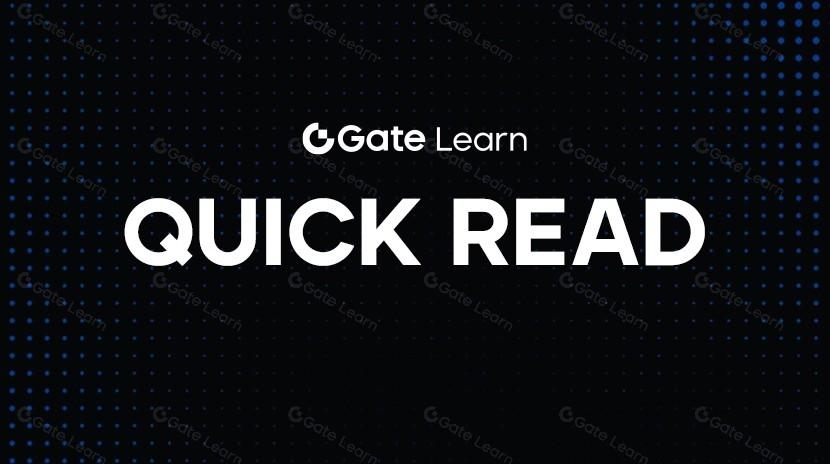TRB Крипто: Децентрализованный оракул протокол Tellor
Что такое Tellor?

Tellor - это децентрализованная сеть оракулов, чья основная миссия - решить невозможность блокчейна получать доступ к внебиржевым данным. Проще говоря, она выступает в качестве информационного моста для смарт-контрактов, позволяя им получать данные реального мира, такие как цены, погода, результаты выборов и многое другое. Это делает Tellor неотъемлемой частью инфраструктуры для приложений, таких как DeFi, DAO и деривативы. По сравнению с более популярным Chainlink, Tellor использует более легкий, простой и полностью открытый дизайн, с упором на:
- Механизмы передачи данных Proof-of-Work (PoW)
- Децентрализованное управление сообществом
- Подтверждаемый и устойчивый к вмешательству механизм подачи данных и разрешения споров
Философия дизайна Tellor подчеркивает, что любой может стать провайдером данных, что представленные данные могут быть оспорены, и что система должна быть высокой степени устойчивой к цензуре. Это дает Tellor значительное техническое преимущество в терминах децентрализации и нейтральности.
Как работает Tellor
Сеть Tellor в основном состоит из трех ролей: Репортёров, Стейкеров и Диспутеров.
Репортеры
Любой может стать поставщиком данных, предоставив данные (например, цену ETH/USD) через процесс, похожий на майнинг. Пока вы готовы оплатить комиссию за газ, вы имеете право на предоставление данных. Это является существенным контрастом с лицензионной моделью узлов Chainlink, достигая по-настоящему открытого рынка данных.
Стейкеры
Для передачи данных пользователи должны заложить определенное количество токенов TRB, создавая экономический стимул: если будут представлены ложные данные, их можно оспорить, и стейкер рискует потерять свой депозит.
Претенденты
Любой может оспаривать неточные данные, инициируя процесс разбирательства. Сообщество голосует, чтобы принять решение. Если разбирательство успешно, оспаривающий награждается частью урезанной доли. Эта модель исключает зависимость от доверенных узлов, полагаясь вместо этого на чисто экономическую игровую теорию и криптографические гарантии — концепцию большого значения в децентрализованной философии.
Экономика токенов TRB и управление
TRB - это основной токен протокола Tellor, используемый для:
- Стейкинг для гарантирования честной передачи данных
- Оплата запросов данных
- Голосование в управлении сообществом
- Разрешение споров, служащее источником штрафов за нечестные подачи
Максимальное предложение TRB составляет около 26,5 миллионов токенов, большинство из которых находятся в естественном обращении, добытые пользователями или удерживаемые сообществом. Благодаря отсутствию предварительного майнинга или больших институциональных инвестиций распределение токенов TRB хвалили за справедливость и децентрализацию.
Практические применения Tellor в реальном мире
Tellor используется несколькими небольшими и средними протоколами DeFi, включая:
- Предоставление ценовых данных для залоговых протоколов кредитования
- Включение автоматических ликвидаций контрактов
- Служа в качестве валидаторов расчетов для рынков прогнозов и платформ опционов
- Предоставление результатов голосования вне цепи для управления DAO
В частности, для финансовых приложений, акцентирующих на цензуроустойчивости и верификации, модель вызова PoW + стейкинга Tellor может быть более подходящей, чем у Chainlink. Поскольку Tellor полностью открытый исходный код, любой разработчик может форкнуть его код на GitHub, чтобы создать свои собственные подсистемы оракулов, обеспечивая прочную основу для расширения экосистемы.
Потенциальные риски и вызовы для Tellor
Несмотря на свою высокую децентрализованную техническую концепцию, Tellor сталкивается с несколькими проблемами:
- Меньшее внимание рынка по сравнению с крупными проектами, отсутствие сильных мейнстрим-историй
- Высокая техническая сложность, требующая от разработчиков понимания логики разрешения споров
- Постоянная конкуренция с крупными игроками, такими как Chainlink
- Высокие комиссии за газ, которые могут ограничить частоту отправки (особенно на основной сети Ethereum)
Эти факторы могут замедлить краткосрочный рост цены TRB и приток капитала, но также создают лучшие возможности для инвесторов в долгосрочной перспективе.
Начните торговлю BTC на споте:https://www.Gate.com/trade/TRB_USDT
Сводка
Tellor может быть не самым горячим криптопроектом в настоящее время, но он может быть одним из самых верных принципам децентрализации в секторе оракулов. Его технология и экономическая модель предлагают реальную альтернативу для рынка, способствуя истинной открытости и конкуренции в экономике данных. Если блокчейн продолжит расширяться в области, требующей данных реального мира, таких как подписки на данные ИИ, онлайн-голосование, рынки предсказаний или доказательства данных ZK, то стоимость Tellor может пережить второй значительный взлет, занимая позицию важного моста между реальным и децентрализованным мирами.
Похожие статьи
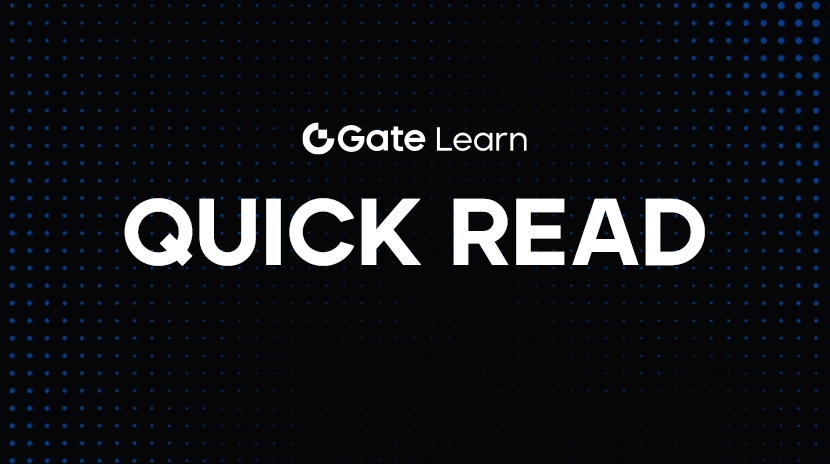
Как переводить средства с Binance безопасно и эффективно
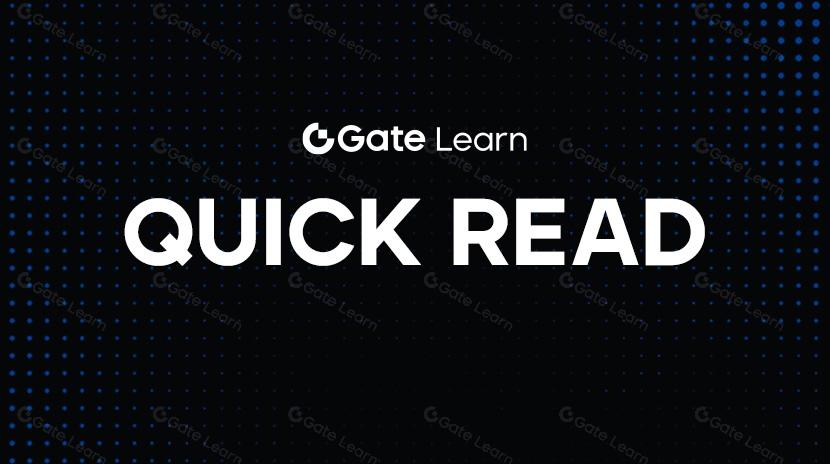
Понимание токена TRUMP в одной статье: Комплексный анализ токена $TRUMP
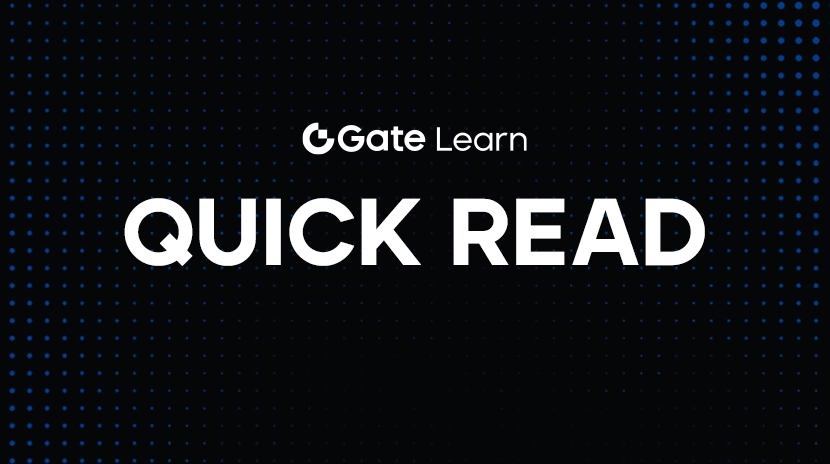
Как отследить транзакцию USDT BEP20?
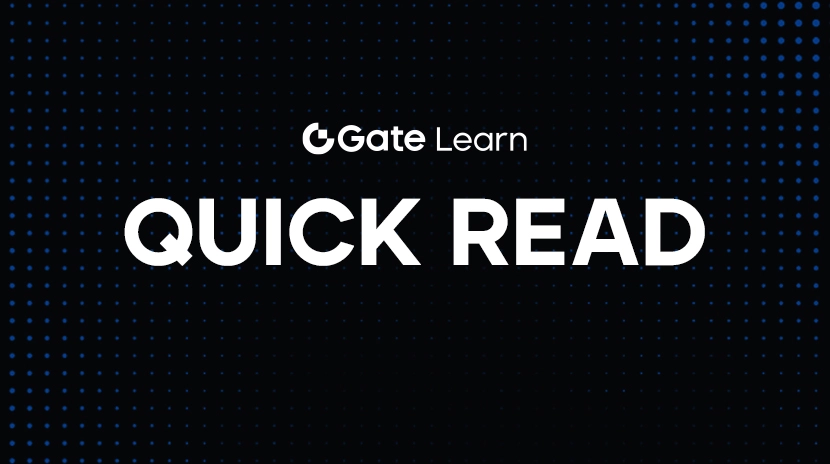
Что такое MELANIA: мем-монета на миллиард долларов, запущенная первой леди США
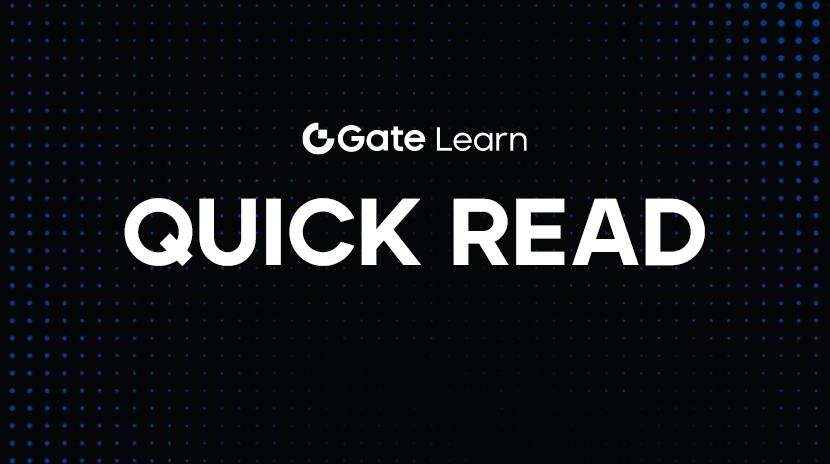
Сколько времени займет добыча 1 биткойна в 2025 году? Подробное руководство
